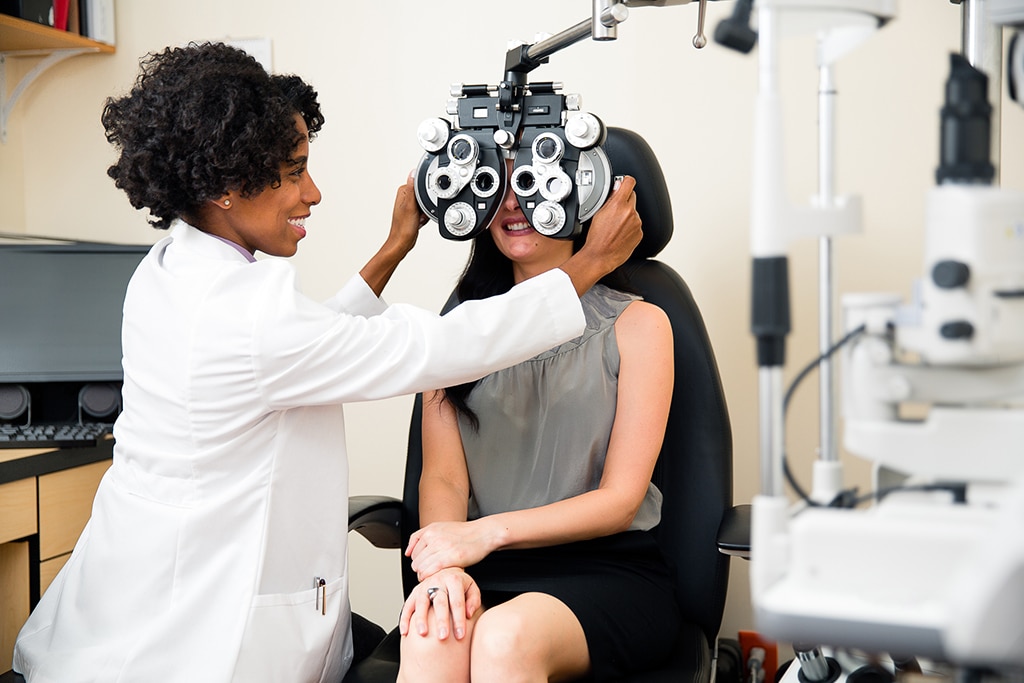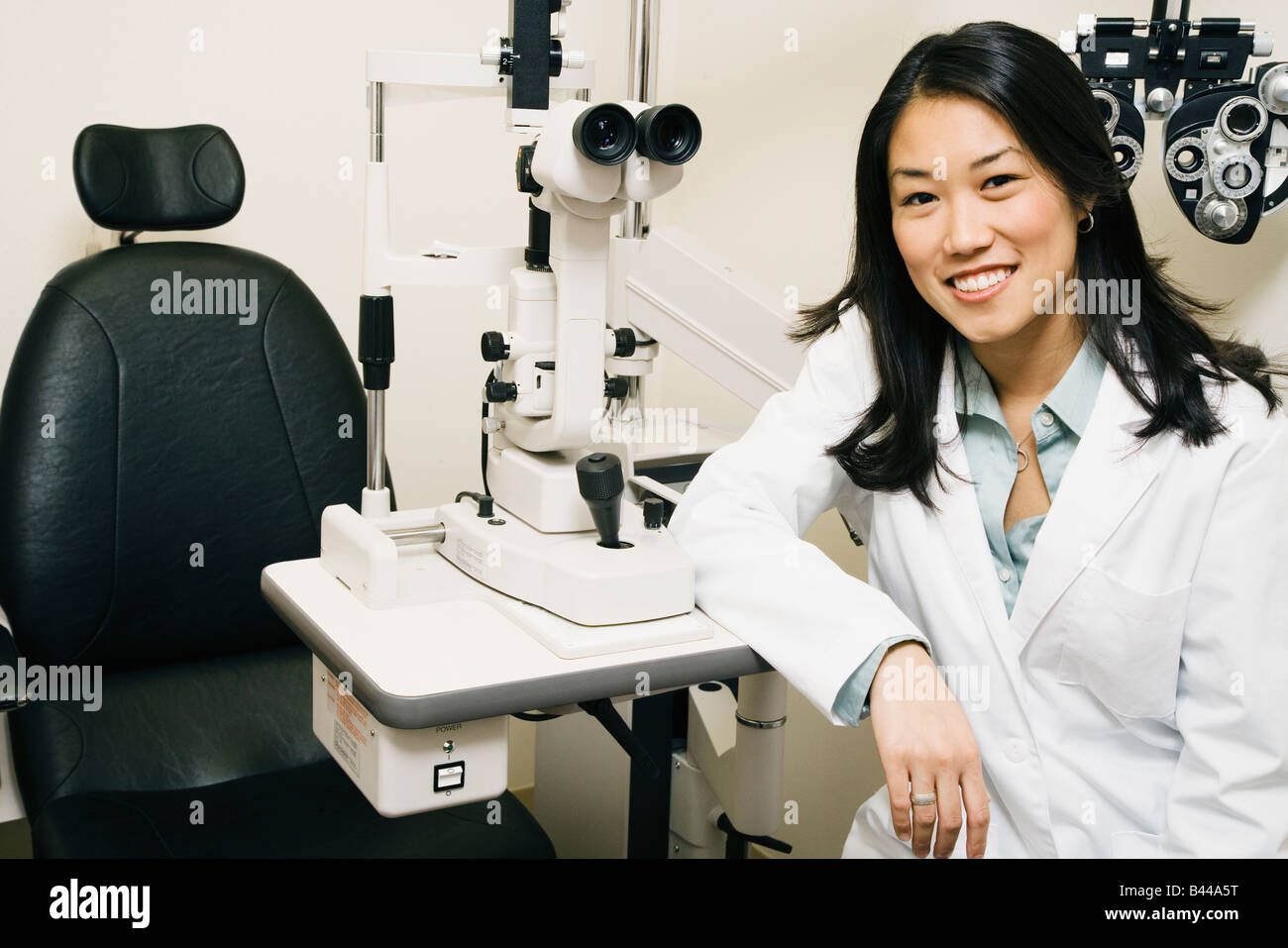Just How an Eye Doctor Can Change Your Vision Health in Chino
Just How an Eye Doctor Can Change Your Vision Health in Chino
Blog Article
Checking Out the Newest Technological Improvements in Optometry and What They Mean for Optometrists
In the ever-evolving area of optometry, current technological advancements are reshaping how practitioners come close to eye care. From the precision of Optical Coherence Tomography to the nuanced understandings provided by AI-driven diagnostic devices, these advancements are setting new criteria in client assessment and treatment. Teleoptometry is poised to redefine availability, ensuring that expertise goes beyond geographical restrictions. As these innovations penetrate the method, eye doctors are faced with the challenge of embracing these devices to enhance person outcomes. Yet, the inquiry stays: exactly how will these technical shifts redefine the functions and duties within the career?
Innovations in Diagnostic Devices
Advancing the field of optometry, developments in diagnostic tools have actually reinvented the method eye treatment professionals examine and diagnose eye conditions and aesthetic problems. The previous decade has seen considerable technical advancements, allowing more detailed and precise assessments. Optical Coherence Tomography (OCT), for example, offers high-resolution cross-sectional pictures of the retina, enabling the very early detection of illness such as glaucoma and age-related macular degeneration. This non-invasive imaging technique has actually come to be indispensable in modern optometric technique.
An additional trick development is the introduction of advanced corneal topography systems, which map the surface curvature of the cornea with accuracy. These tools are particularly valuable for fitting call lenses and diagnosing corneal conditions. Electronic retinal imaging has transformed conventional ophthalmoscopy, offering comprehensive, scenic sights of the retina that help with thorough visual evaluations.
The growth of wavefront aberrometry has actually additionally been vital, allowing the analysis of refractive errors with unequaled precision (Opticore Optometry). This technology helps in personalizing rehabilitative lenses and improving medical outcomes for refractive surgeries. Collectively, these analysis improvements empower optometrists to deliver remarkable person treatment, making certain very early treatment and customized therapy methods, ultimately enhancing visual health outcomes
AI in Patient Administration
Structure on the foundation of advanced diagnostic tools, the unification of man-made intelligence (AI) in individual management represents a transformative jump for optometry. AI systems are progressively utilized to enhance performance, accuracy, and customization in client care.
Moreover, AI-driven platforms facilitate structured client communications and administrative procedures. Automated scheduling, digital assessments, and individualized follow-up plans not just enhance person fulfillment but also optimize time management for experts. These systems can triage clients based on the seriousness of their problems, ensuring that those in critical demand obtain prompt interest.
Furthermore, AI improves decision-making by giving optometrists with evidence-based recommendations and therapy pathways. By integrating data from electronic wellness records, AI tools use understandings that educate professional choices, lowering the risk of mistakes and boosting patient outcomes. As AI remains to develop, its function in individual administration will likely increase, reshaping the landscape of optometric care.
Advancements in Retinal Imaging
In the world of optometry, retinal imaging has actually seen amazing technological innovations that are improving diagnostic capacities and individual care. Technologies such as Optical Comprehensibility Tomography (OCT) and fundus photography have actually reinvented how eye doctors analyze the retina and picture.
Enhanced imaging methods like OCT angiography are additional refining analysis precision. This non-invasive strategy maps blood flow in the retina, supplying important insights right into vascular health without the demand for dye shots. Additionally, flexible optics technology is being incorporated right into retinal imaging systems to fix ocular aberrations, providing extraordinary picture quality. Such innovations help with the recognition of min retinal adjustments that could indicate illness development.
In addition, advancements in man-made knowledge are augmenting retinal imaging by enabling automatic analysis of big datasets. These systems assist eye doctors in determining patterns a measure of pathology, consequently boosting diagnostic accuracy and efficiency. Jointly, these advancements are changing retinal imaging right into a cornerstone of modern eye care, like this enhancing results and broadening restorative possibilities.
Teleoptometry's Expanding Role
Teleoptometry is progressively becoming an important element of eye treatment, driven by advancements in data and diagnostic devices. As optometry embraces electronic transformation, teleoptometry assists in remote consultations, enabling optometrists to prolong their solutions beyond traditional borders. This is especially helpful in country and underserved areas where accessibility to specialized eye treatment is typically restricted. By leveraging high-resolution video conferencing and progressed retinal imaging, optometrists can conduct detailed eye tests from afar, making certain prompt diagnosis and treatment.
The assimilation of fabricated intelligence (AI) more boosts teleoptometry, making it possible for the evaluation of visual information and helping in the discovery of ocular problems such as glaucoma and diabetic retinopathy. AI-powered formulas can swiftly translate complex imaging information, giving eye doctors with important understandings that reinforce clinical decision-making.
Additionally, teleoptometry sustains continuity of treatment via smooth assimilation with electronic health and wellness records (EHRs), permitting optometrists to preserve thorough person histories. This makes certain that individuals obtain constant and personalized care also when consulting with various experts.
Regardless of these advantages, difficulties stay, consisting of ensuring data safety and handling person expectations. Teleoptometry represents a substantial stride in the direction of more obtainable, effective, and patient-centered eye care. As technology develops, its duty is positioned to expand further.

Future Fads in Eye Treatment
A myriad of cutting-edge fads is established to reshape the future of eye treatment, driven by technical improvements and the advancing requirements of individuals. One considerable pattern is the combination of expert system (AI) in diagnostics, which assures to boost the accuracy and performance of eye exams. AI algorithms can evaluate huge quantities of information from retinal pictures, potentially detecting conditions like diabetic person retinopathy and glaucoma earlier than typical approaches.
Furthermore, individualized medicine is gaining grip in optometry, with genetic testing notifying customized therapy plans. This strategy intends to enhance patient end results by tailoring interventions to specific genetic accounts. Wearable technology, such as smart call lenses, is likewise on the perspective, using real-time tracking of intraocular pressure or sugar levels, hence providing continuous understandings into eye and systemic health and wellness.
The fostering of augmented truth (AR) and virtual reality (VR) in training and individual education is an additional arising pattern. These technologies provide immersive experiences that can enhance understanding and abilities both for optometrists and people. As these fads progress, eye doctors should remain abreast of technical developments to give advanced treatment, guaranteeing improved individual end results and fulfillment in more tips here the vibrant landscape straight from the source of eye care.
Final Thought

Collectively, these analysis innovations equip optometrists to supply exceptional client treatment, making certain very early intervention and tailored therapy strategies, inevitably boosting aesthetic health and wellness end results.

As these innovations proceed to evolve, optometrists need to adjust and incorporate them into method, inevitably optimizing process effectiveness and boosting the standard of eye care delivered to clients.
Report this page